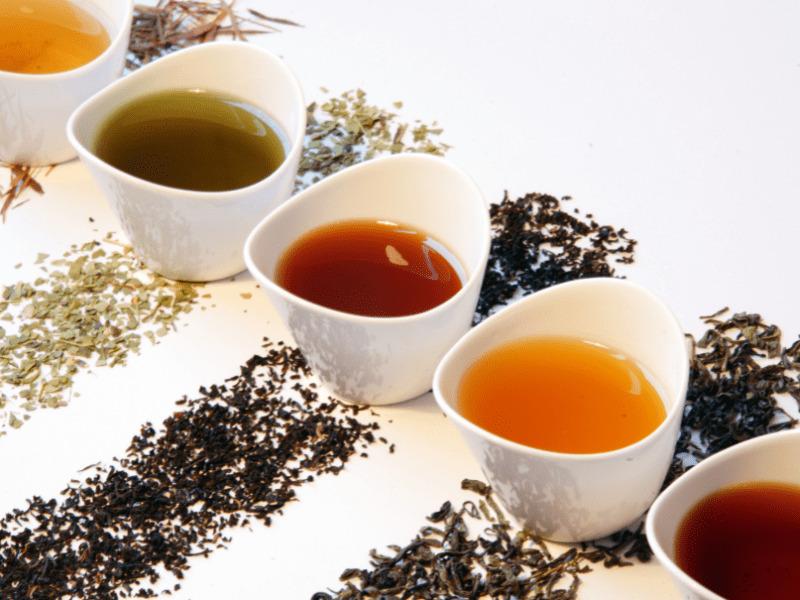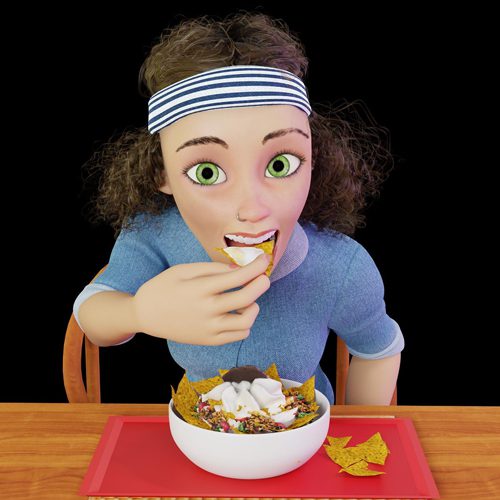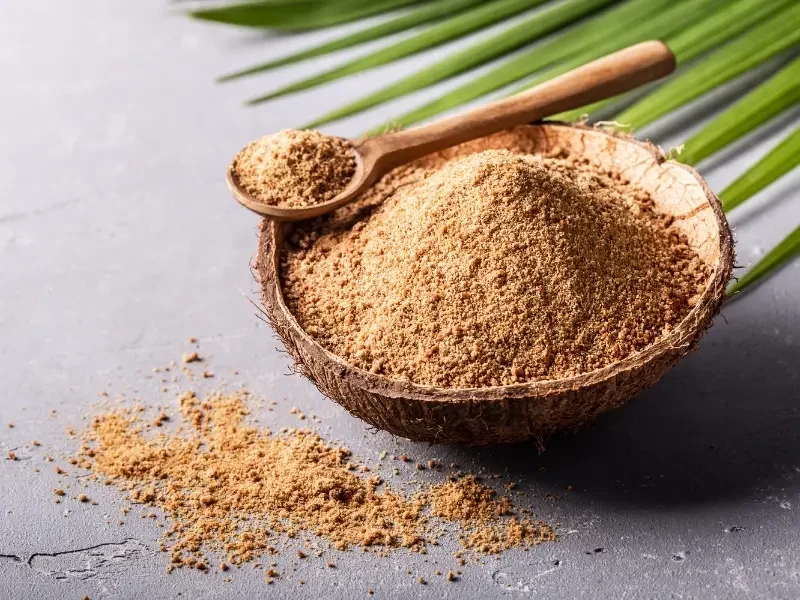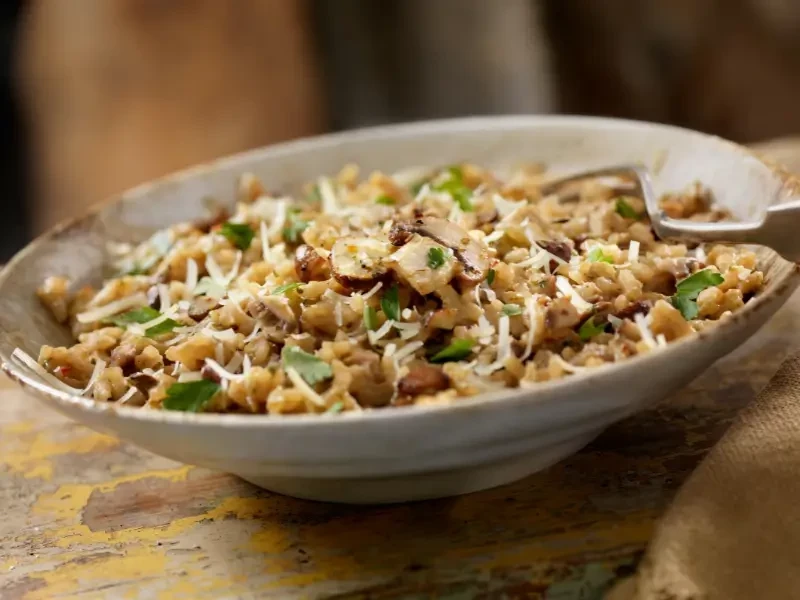As I mentioned in my Beijing recap, I am a massive tea fan: iced, hot, boba…I like it all. But how did tea get its start, and how have different cultures adapted it to their needs? Let’s take a look.
Origins in Asia
As I learned during my Beijing trip, tea’s origins can be traced back to ancient China, where it was used for medicinal purposes. The first recorded use of tea as a beverage dates back to the Tang Dynasty (618-907 AD). During this time, tea was considered a wealth and status symbol for the upper class. It wasn’t until the Song Dynasty (960-1279 AD) that tea became more widely available and began to be consumed by the general population.
The popularity of tea quickly spread to other parts of Asia, including Japan and Korea. Tea became an integral part of Japanese culture, as evident in the country’s traditional tea ceremonies. These ceremonies emphasized the importance of mindfulness, respect, and simplicity. Today, the Japanese tea ceremony is still practiced and continues to be an important cultural ceremony, as I witnessed first-hand during my trips there. In fact, one of the highlights of my recent trip to Tokyo was participating in a traditional tea ceremony at Happo-En: a tranquil garden with 500-year-old bonsai trees!
I also found out that in Korea, tea was highly valued and was consumed as a way to promote health and well-being. Korean tea ceremonies were similar to those in Japan and placed a great deal of emphasis on etiquette and respect.

Tea Moves Beyond Asia
Eventually, tea’s popularity spread beyond Asia and made its way to the Middle East. The first record of tea being consumed in the Middle East dates back to the 9th century. Tea quickly became a popular beverage in the region, and was often consumed with sweet pastries and desserts.
Tea, like many ingredients from Asia and the Middle East, made its way to Europe through the trade routes of the Silk Road. The first record of tea being consumed in Europe dates back to the 16th century when Portuguese traders brought it back from Asia. However, it wasn’t until the 17th century that tea became widely popular in Europe.
Tea quickly became a status symbol in Europe, and it was consumed by the upper classes as a way to show off their wealth and sophistication. In Britain, the tradition of afternoon tea was born. Afternoon tea was a way for the upper classes to socialize and enjoy a cup of tea with friends. And the tradition continues to this day, as I found out when I was lucky enough to attend the high tea ceremony at the ultra-fancy Ritz Hotel London. At 70 British pounds, it was a bit of a splurge, but truly a once-in-a-lifetime experience. Let’s just say I now understand where the phrase “putting on the Ritz” comes from! I still love to socialize with my friends over a good cup of tea, though with admittedly less “pomp and circumstance.”

Tea Expands to the British Colonies
During the 18th century, the British began to establish tea plantations in their colonies, including India and Sri Lanka. This led to an increase in the production and availability of tea, making it more affordable for the middle class.
As all my fellow history buffs are well-aware, tea also played a significant role in the American Revolution. In 1773, a group of colonists protested British taxation by throwing crates of tea into the Boston Harbor in what became known as the Boston Tea Party. And if you are a tea-and-history buff like me, you can actually see the Boston Tea Party Ships and Museum at Boston Harbor. My tour of the spot that helped launch the American Revolution was one of the highlights of my high school field trip to Boston. Also, I love that a “tea tax” was what pushed the colonists over the edge. I think I would have been in the same boat–no pun intended.
Today, tea is consumed in almost every part of the world and has become an integral part of many cultures. In India, chai (Hindi for “tea”) is a popular beverage that is consumed throughout the day. It is made by brewing black tea with a combination of herbs and spices such as cinnamon, ginger, and cardamom. By adding these native spices, Indians put their own spin on the venerable beverage. I’ll be exploring chai more deeply as I travel to India in the near future (I seriously can’t wait for this trip!).
Argentina has famously put its own spin on the beverage as well. Mate (one of my favorite types of tea) is made by brewing dried leaves from the native yerba mate plant in a gourd and drinking it through a metal straw. These days, varieties of mate can be found at stores across the U.S.
Speaking of the U.S., we have our own uniquely American – scratch that – uniquely Southern version of the drink as well: sweet tea. According to Southern Living, Summerville, SC is the birthplace of this icy, delightfully sugary concoction. It’s also home to “The Mason,” a fifteen-foot tall mason jar filled with sweet tea–the largest glass of sweet tea on record (I think a road trip is in order!).

Tea has come a long way since its origins in ancient China. Today, it is enjoyed by people all over the world and has become an integral part of many cultures. Whether you prefer a cup of black tea, green tea, or herbal tea, there is no denying the important role that tea has played in the history of our world. As for me, I’ll take all of the above!

If you enjoyed this article or have suggestions on how we can improve it, please leave us a comment below. Also, make sure to check out other articles I’ve created or stories I’ve written about food culture – here.







